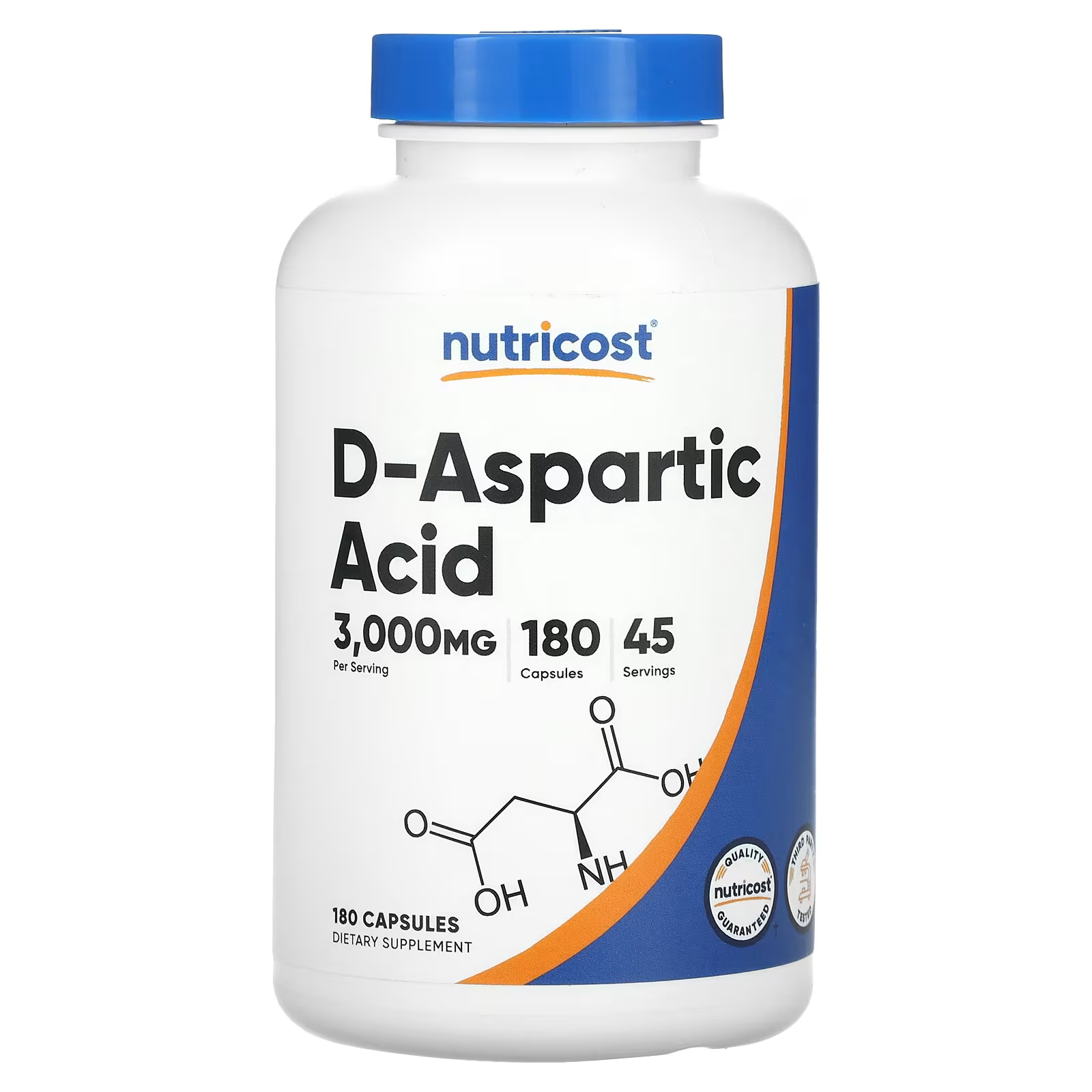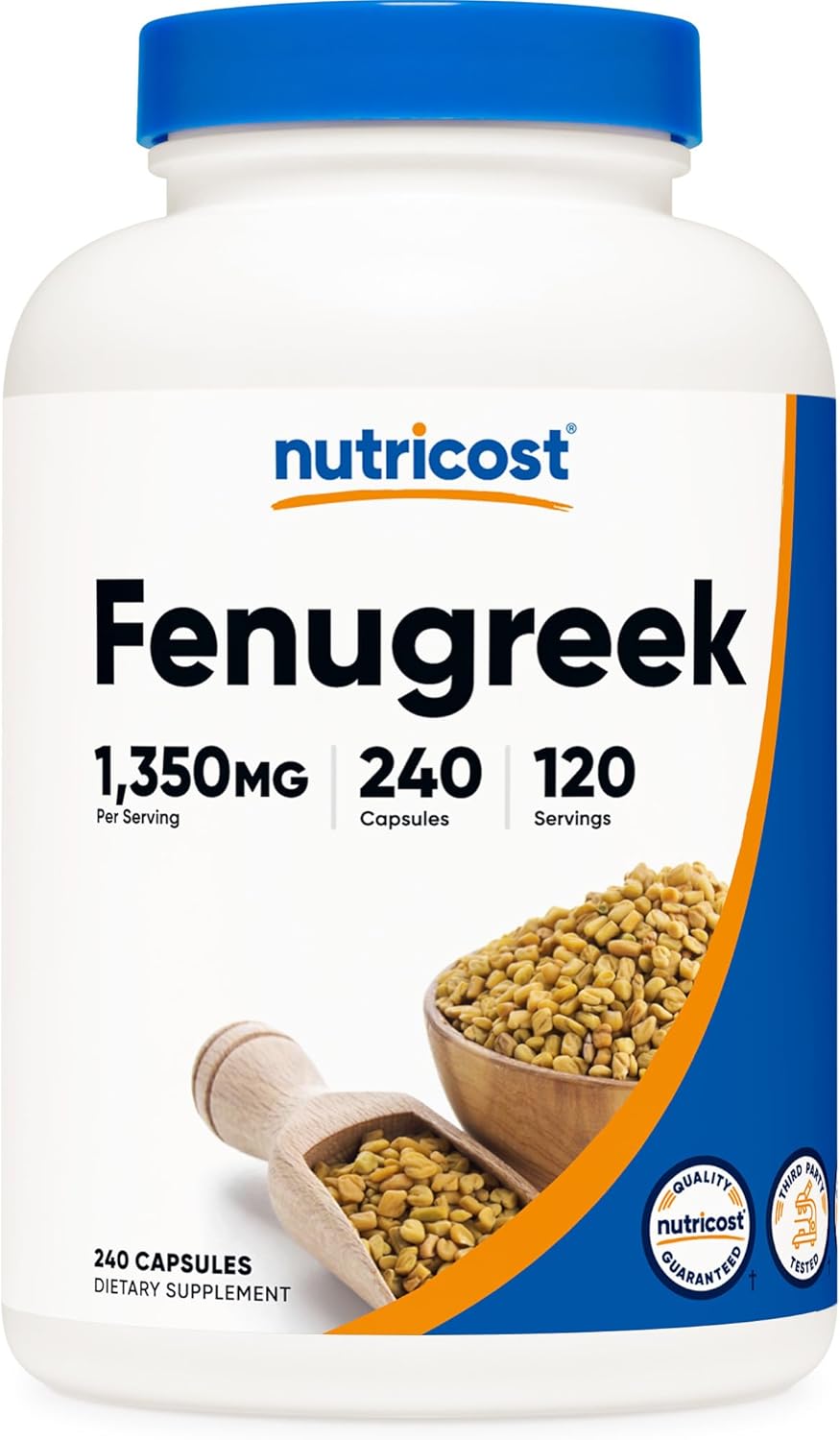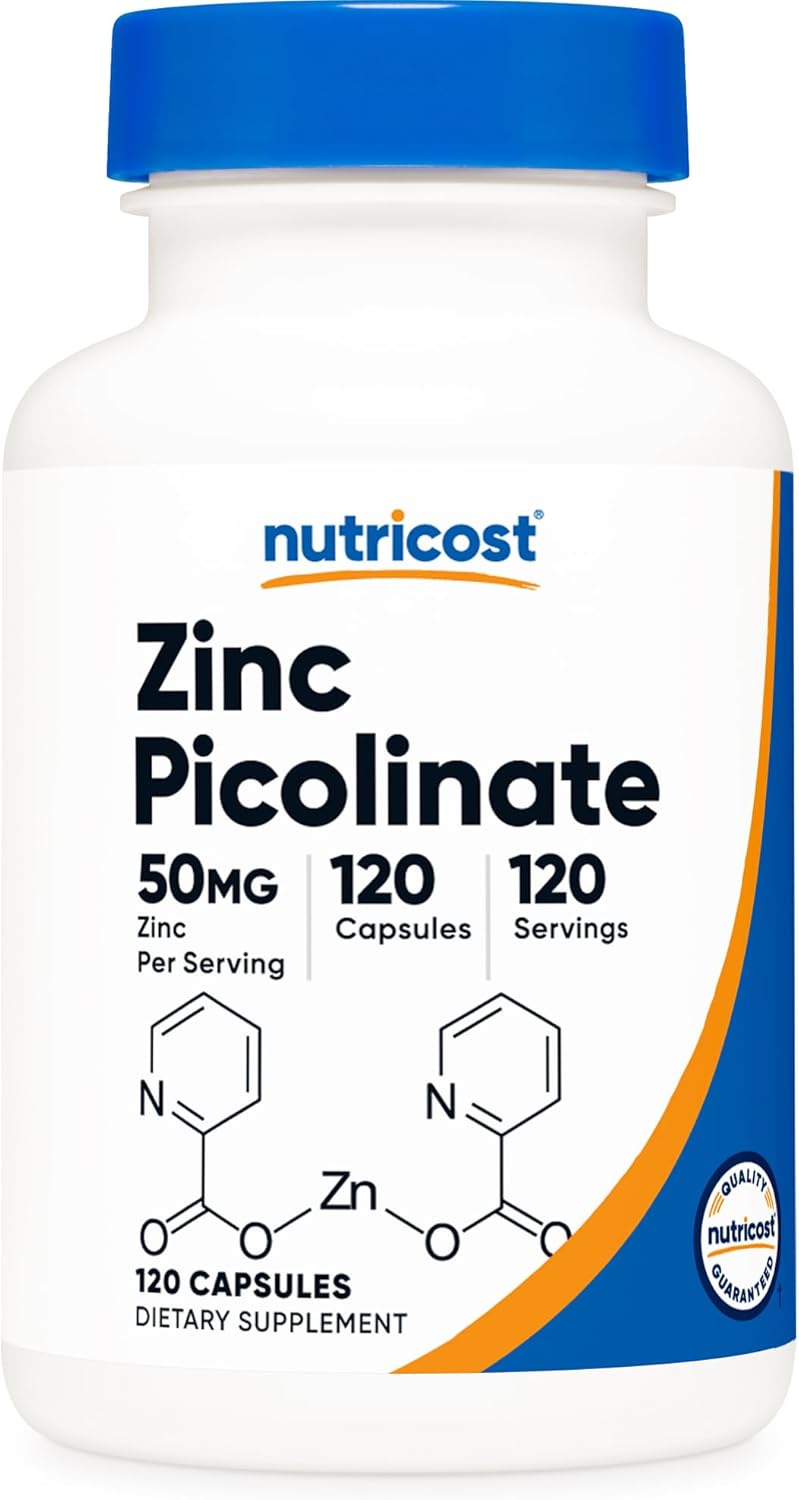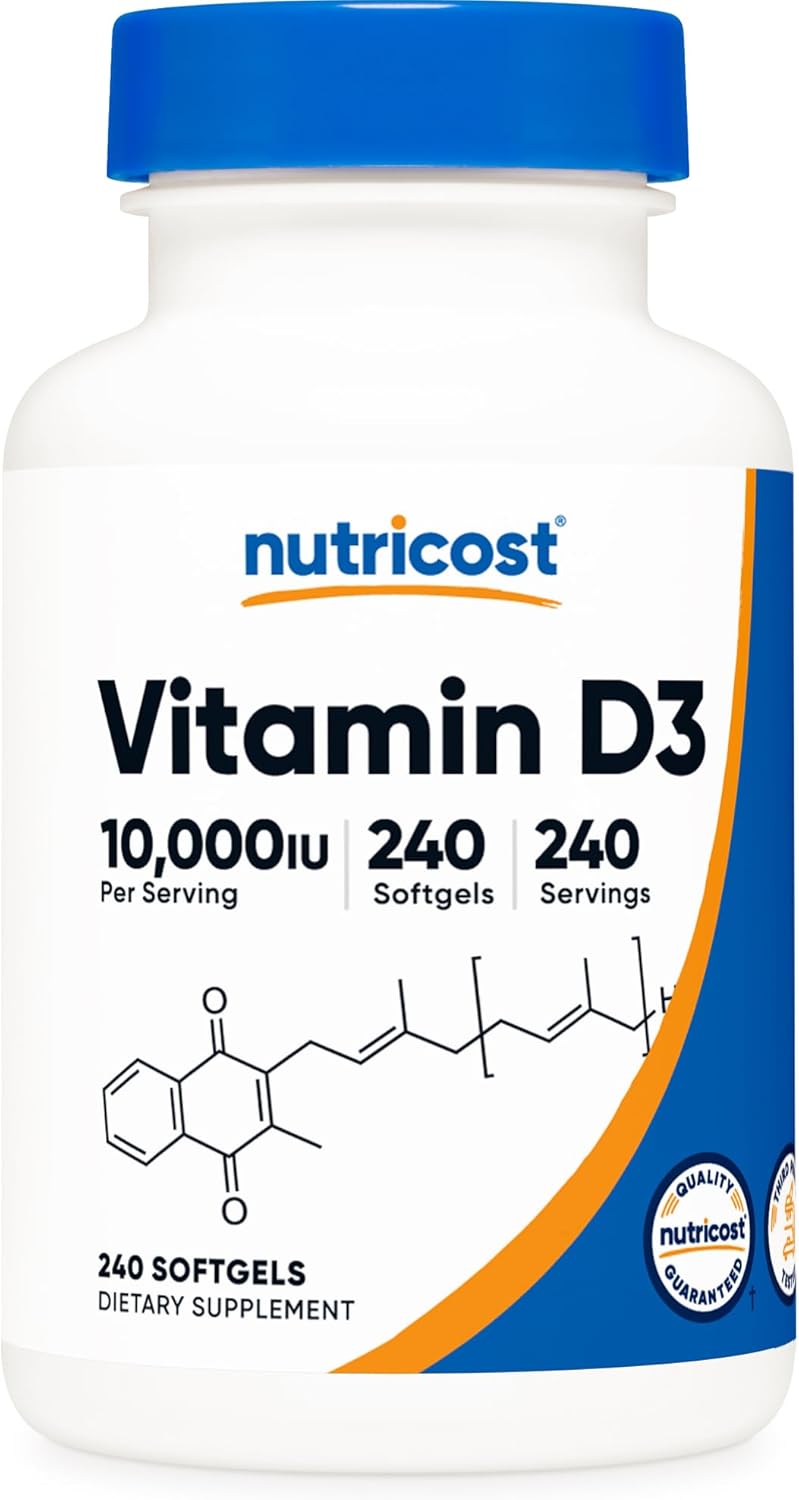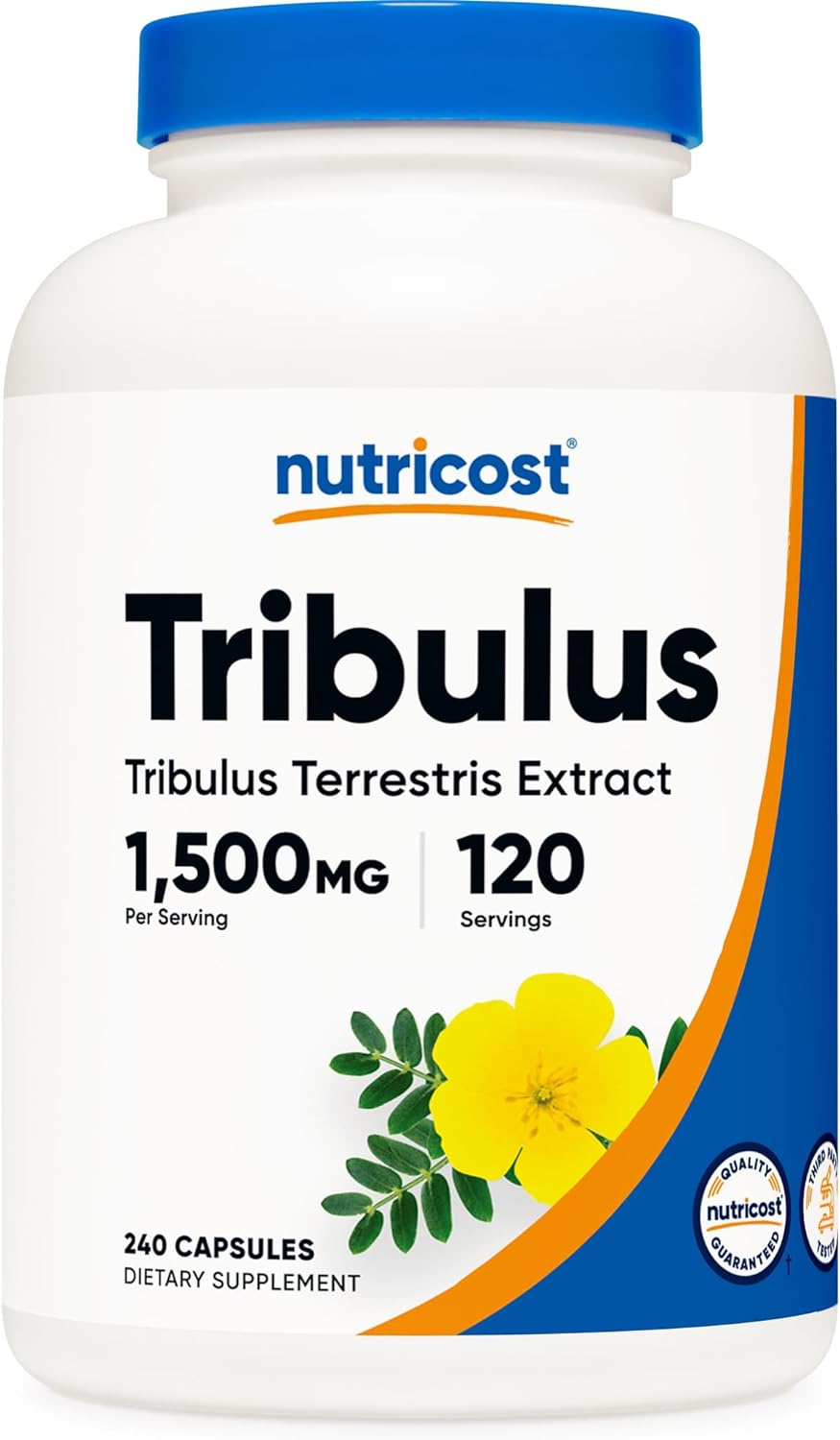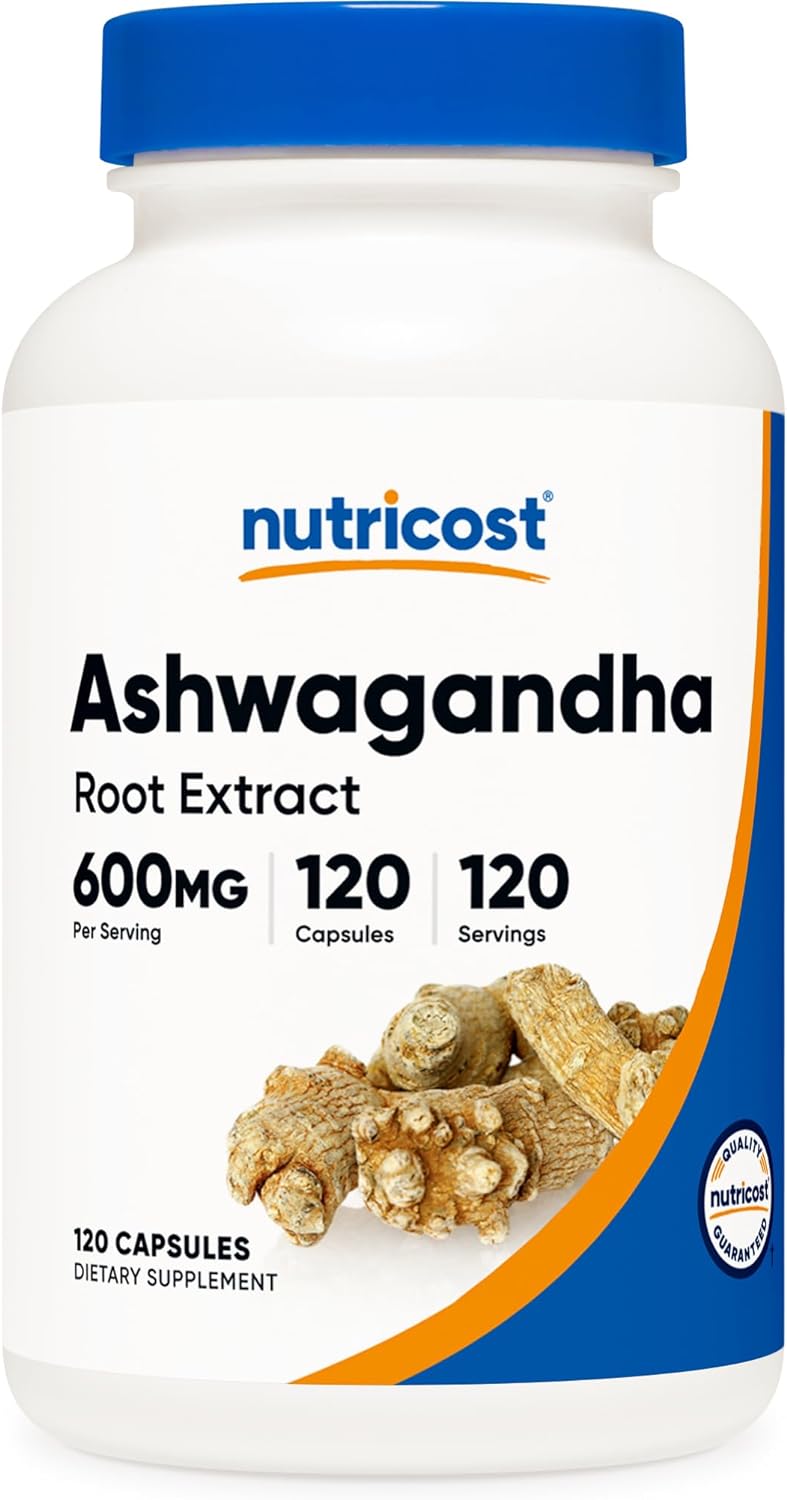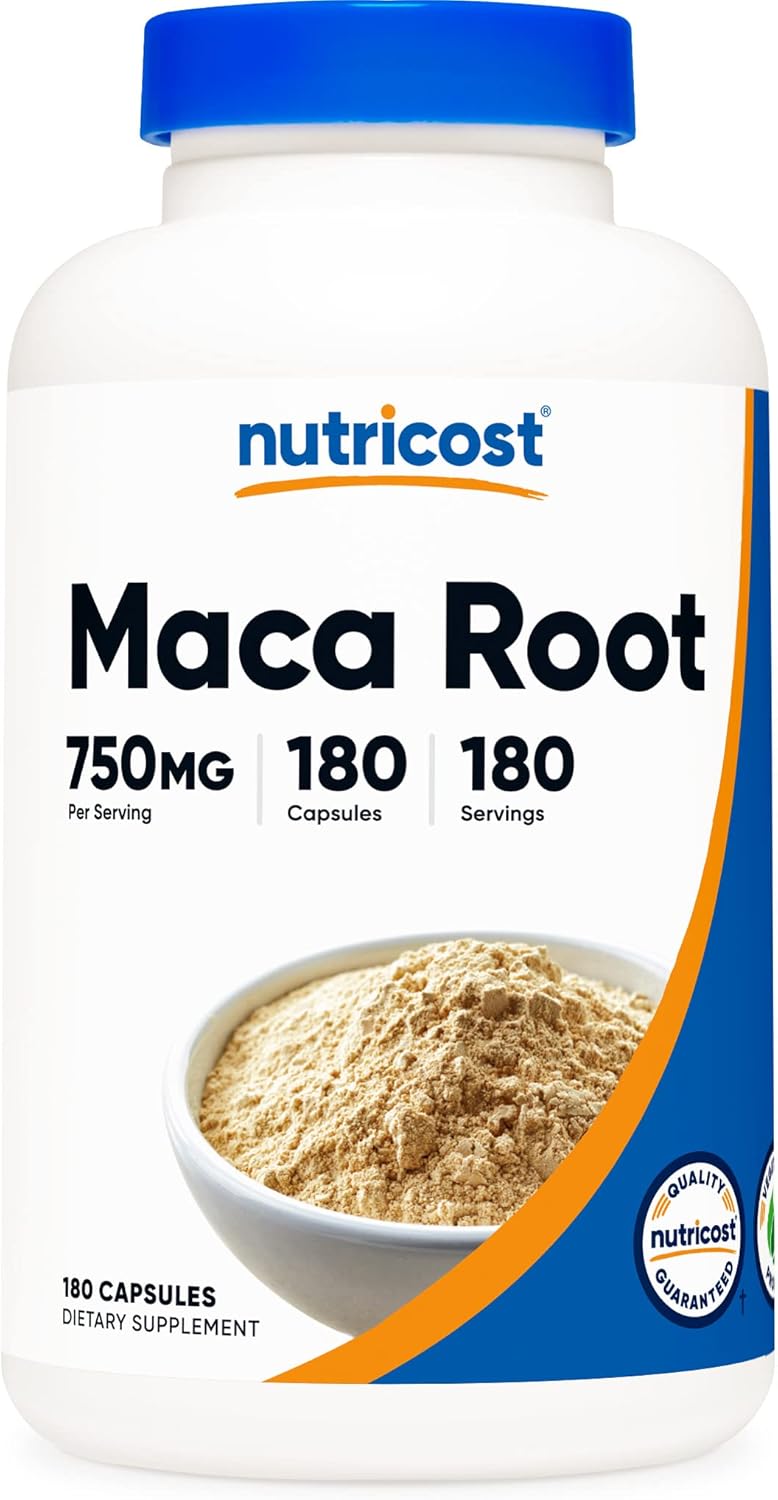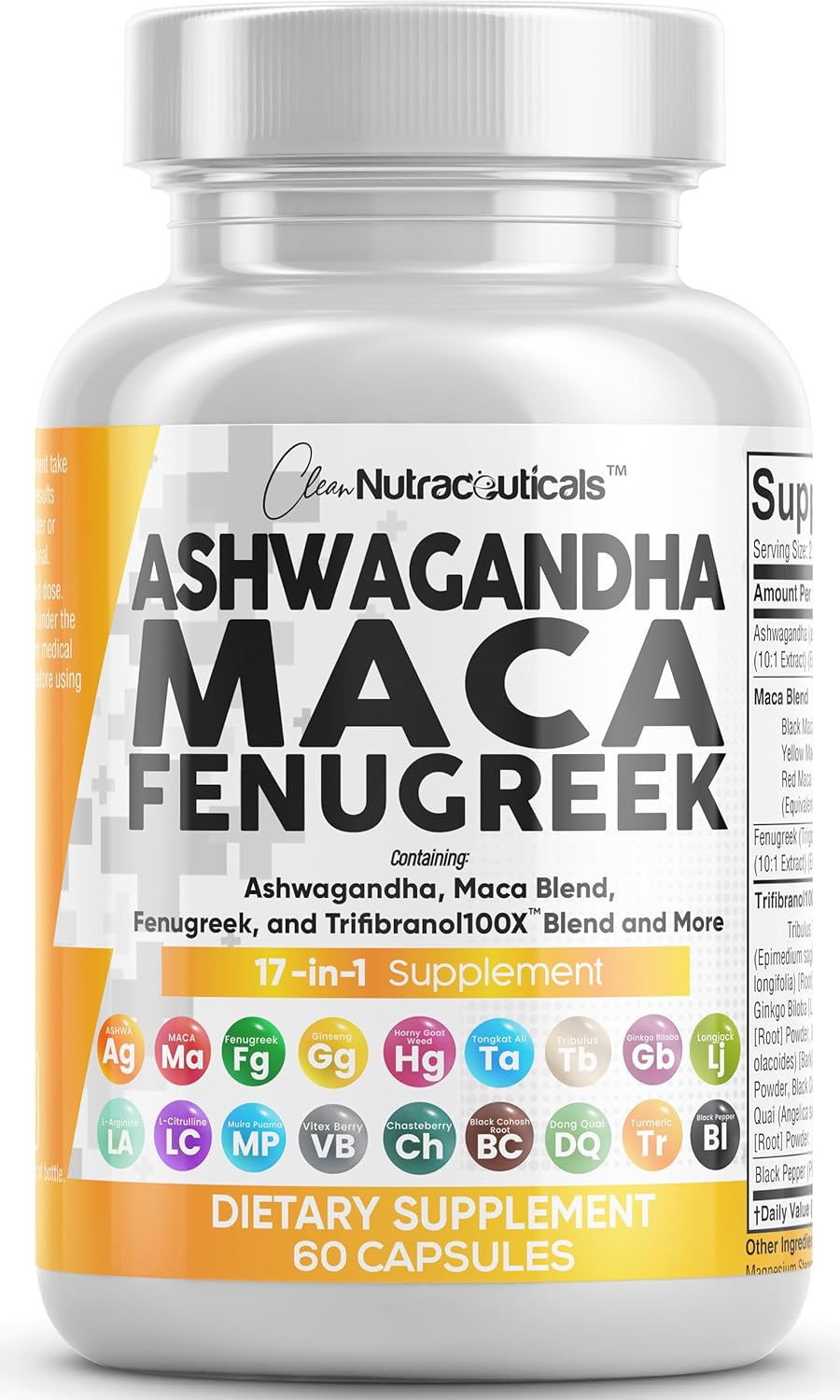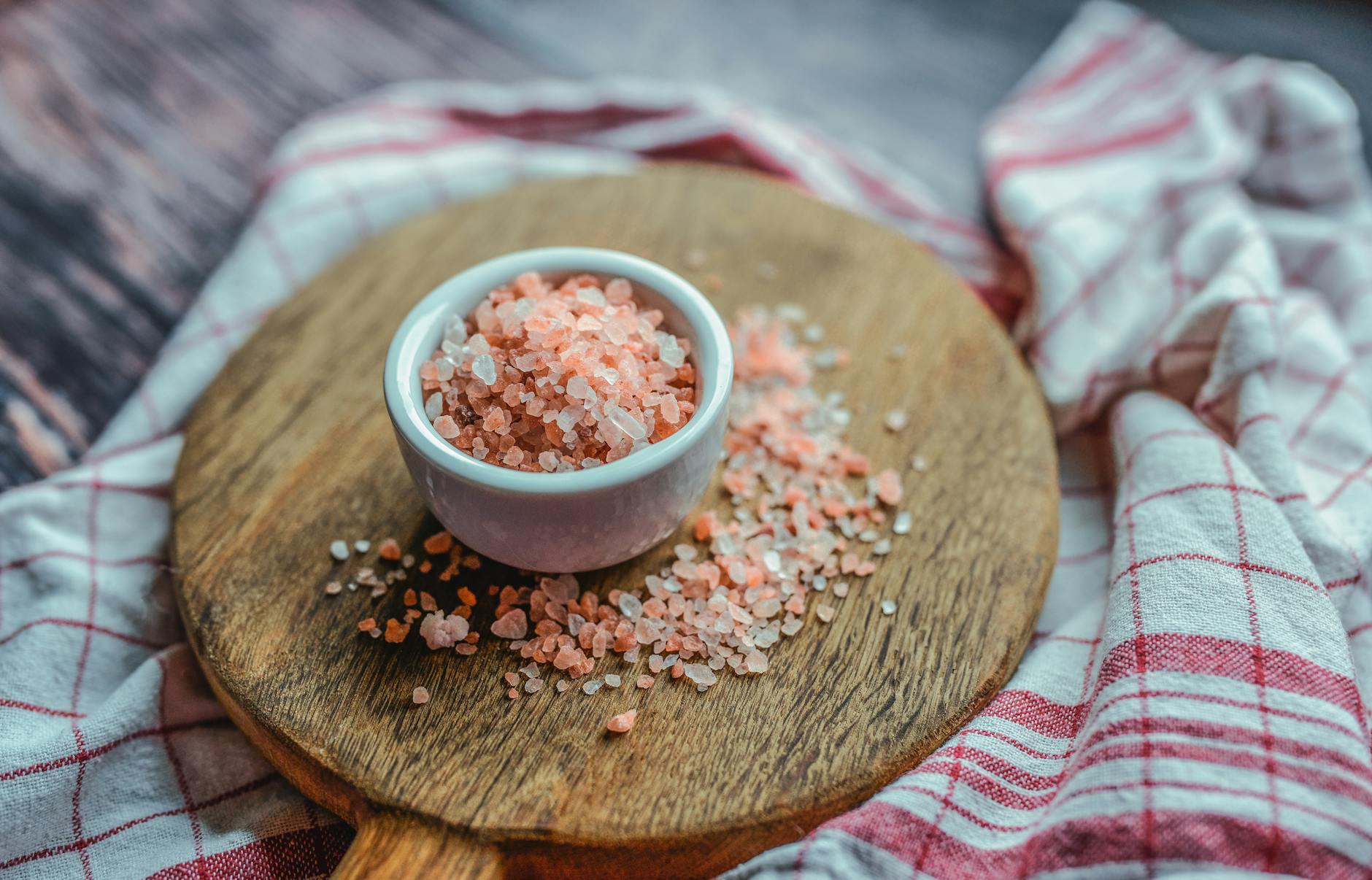If you’ve been feeling sluggish, noticed a drop in your energy, or experienced a dip in your libido, low testosterone might be to blame. Testosterone Replacement Therapy (TRT) has become an increasingly popular option for men dealing with low testosterone, also known as hypogonadism. But with all the hype around it, is testosterone replacement therapy worth considering? Let’s break down the benefits, risks, and side effects to help you make an informed decision.
What is Testosterone Replacement Therapy?
Testosterone Replacement Therapy is a treatment designed to restore testosterone levels to a healthy range. For men, testosterone is a critical hormone that affects everything from muscle mass to bone density and libido. When testosterone levels drop below normal, typically under 300 ng/dL, you might start to feel like you’re not quite yourself. Testosterone replacement therapy helps restore those levels through synthetic testosterone administered in various forms.
When my good friend James hit 50, he began to feel more tired, found it harder to maintain muscle, and his mood wasn’t as sharp. After some blood work, his doctor confirmed that he had low testosterone. Testosterone replacement therapy changed everything for him, but it wasn’t without its learning curve.
How is Testosterone Replacement Therapy Administered?
Testosterone replacement therapy can be administered in several forms, depending on your needs and comfort level. The most common options include:
1. Injection– Testosterone injections are delivered directly into the muscle, usually every 1-2 weeks. This method delivers a fast-acting testosterone boost, though some men report fluctuating energy levels.
2. Gels and Creams– Topical gels or creams are applied daily to the skin. They offer a steady release of testosterone throughout the day. One downside: You have to avoid close contact with others until the gel dries to avoid transferring testosterone.
3. Patches– Testosterone patches are worn on the skin, releasing the hormone over 24 hours. Though convenient, they can sometimes cause skin irritation at the application site.
4. Pellets– Testosterone pellets are implanted under the skin and release testosterone over several months. This is a long-term option but requires a minor surgical procedure.
Benefits of Testosterone Replacement Therapy
When done right, testosterone replacement therapy can yield impressive results, especially if you’ve been struggling with the side effects of low testosterone.
1. Improved Energy and Stamina– One of the first benefits many men notice is a significant boost in energy levels. If you’ve been dealing with chronic fatigue, testosterone replacement therapy can help restore the vitality you once had. My friend James said it felt like he went from dragging through the day to hitting the gym with renewed vigor.
2. Enhanced Libido and Sexual Function– Low testosterone often results in a decreased sex drive and, in some cases, erectile dysfunction. Studies have shown that testosterone replacement therapy can improve libido and help men regain sexual confidence.
3. Increased Muscle Mass and Strength– Since testosterone plays a key role in muscle growth, testosterone replacement therapy can help men build and maintain muscle mass more easily. It’s a great option for those who’ve seen their muscle definition diminish with age.
4. Better Mood and Mental Clarity– Low testosterone is linked to mood swings, depression, and even anxiety. Testosterone replacement therapy can help regulate your mood and improve mental clarity, making you feel more focused and sharp.
What Are the Risks of Testosterone Replacement Therapy?
Despite its benefits, testosterone replacement therapy isn’t a magic bullet, and it’s not without its risks. It’s essential to weigh these carefully and work with your doctor to monitor your health.
1. Increased Risk of Cardiovascular Disease– Studies have raised concerns about the potential link between testosterone replacement therapy and an increased risk of heart attack or stroke, especially in older men or those with pre-existing heart conditions (NIH).
2. Prostate Health Concerns– Because testosterone plays a role in the growth of the prostate, testosterone replacement therapy might increase the risk of prostate enlargement, which can lead to urinary issues. There’s also some concern about the relationship between testosterone replacement therapy and prostate cancer, though more research is needed in this area (NIH).
3. Infertility– One of the lesser-known risks of testosterone replacement therapy is its impact on fertility. TRT can suppress the body’s natural production of testosterone, which, in turn, reduces sperm production. If you’re planning to start a family, this is an important consideration.
4. Sleep Apnea– Testosterone replacement therapy can sometimes worsen sleep apnea, a condition where breathing stops and starts during sleep. If you already have sleep apnea or are at risk for it, make sure to discuss this with your doctor (NIH).
Common Side Effects of Testosterone Replacement Therapy
Like any medical treatment, testosterone replacement therapy comes with potential side effects. Some are minor and manageable, while others require closer attention.
1. Acne and Oily Skin– Because testosterone can increase sebum production, some men on testosterone replacement therapy notice more breakouts or oily skin, similar to teenage acne.
2. Water Retention– Testosterone can cause the body to retain water, leading to swelling in the extremities. This can be particularly uncomfortable if you’re prone to edema or have kidney issues.
3. Mood Swings and Irritability– While testosterone replacement therapy can improve mood, it can also cause mood swings in some men, especially if testosterone levels spike or dip significantly between treatments.
4. Breast Enlargement (Gynecomastia)– Elevated testosterone levels can sometimes convert into estrogen, leading to an increase in breast tissue. This condition, known as gynecomastia, can be uncomfortable and embarrassing for some men.
Who Should Avoid Testosterone Replacement Therapy?
Testosterone replacement therapy isn’t suitable for everyone. Men with certain health conditions should avoid it or at least discuss it thoroughly with their doctor before starting.
1. Men with Prostate or Breast Cancer– Since testosterone can promote the growth of prostate and breast tissue, testosterone replacement therapy is not recommended for men with these conditions. Regular prostate exams and PSA tests are essential for men on testosterone replacement therapy (National Institutes of Health).
2. Men with Cardiovascular Disease– If you have a history of heart disease, you should approach testosterone replacement therapy with caution. Studies have shown that testosterone replacement therapy might increase the risk of heart attack or stroke in certain men, especially those with pre-existing conditions (FDA).
Is Testosterone Replacement Therapy Right for You?
Deciding whether to start testosterone replacement therapy is a deeply personal choice and one that should be made in consultation with your doctor. While testosterone replacement therapy offers significant benefits, the risks and side effects must be carefully considered. Regular blood work, prostate exams, and cardiovascular monitoring are crucial to ensure that the therapy is both safe and effective.
Before jumping into testosterone replacement therapy, ask yourself the following:
- Are my symptoms significantly affecting my quality of life?
- Have I discussed other possible treatments with my doctor?
- Am I prepared for the potential risks and side effects of testosterone replacement therapy?
If the potential risks of testosterone replacement therapy concern you or you don’t qualify due to pre-existing health conditions, natural testosterone boosters could be a viable alternative. Natural supplements such as Fenugreek, Ashwagandha, Zinc, and Vitamin D have been shown to support healthy testosterone levels and may provide a more subtle, risk-free way to manage low testosterone symptoms. These options might not deliver the same results as TRT, but they come with fewer side effects and can improve overall well-being.
Final Thoughts
Testosterone Replacement Therapy can be life-changing for men with low testosterone, offering renewed energy, improved sexual function, and enhanced mental clarity. However, it’s not without risks, and careful monitoring is essential to ensure your safety. If you’re experiencing symptoms of low testosterone, make an appointment with your healthcare provider to discuss whether testosterone replacement therapy might be right for you.
Remember, testosterone replacement therapy is a long-term commitment, and its success depends on proper administration and ongoing medical supervision. James, my friend, found immense benefit from it, but it took regular doctor visits and patience to get the dosage and method just right. For many men, the improvements in their quality of life make the journey worthwhile, but it’s essential to go in with open eyes.


